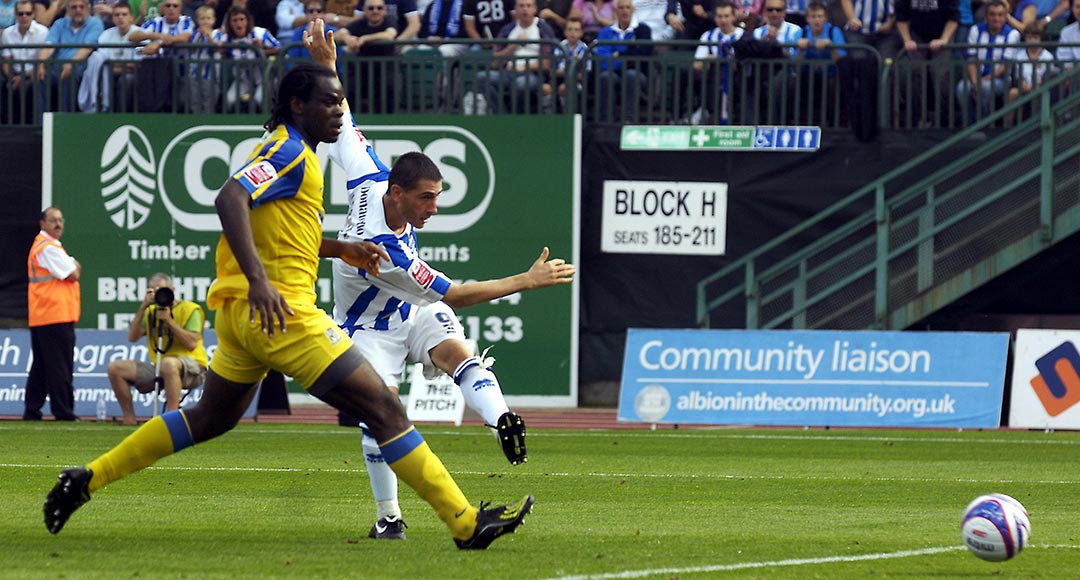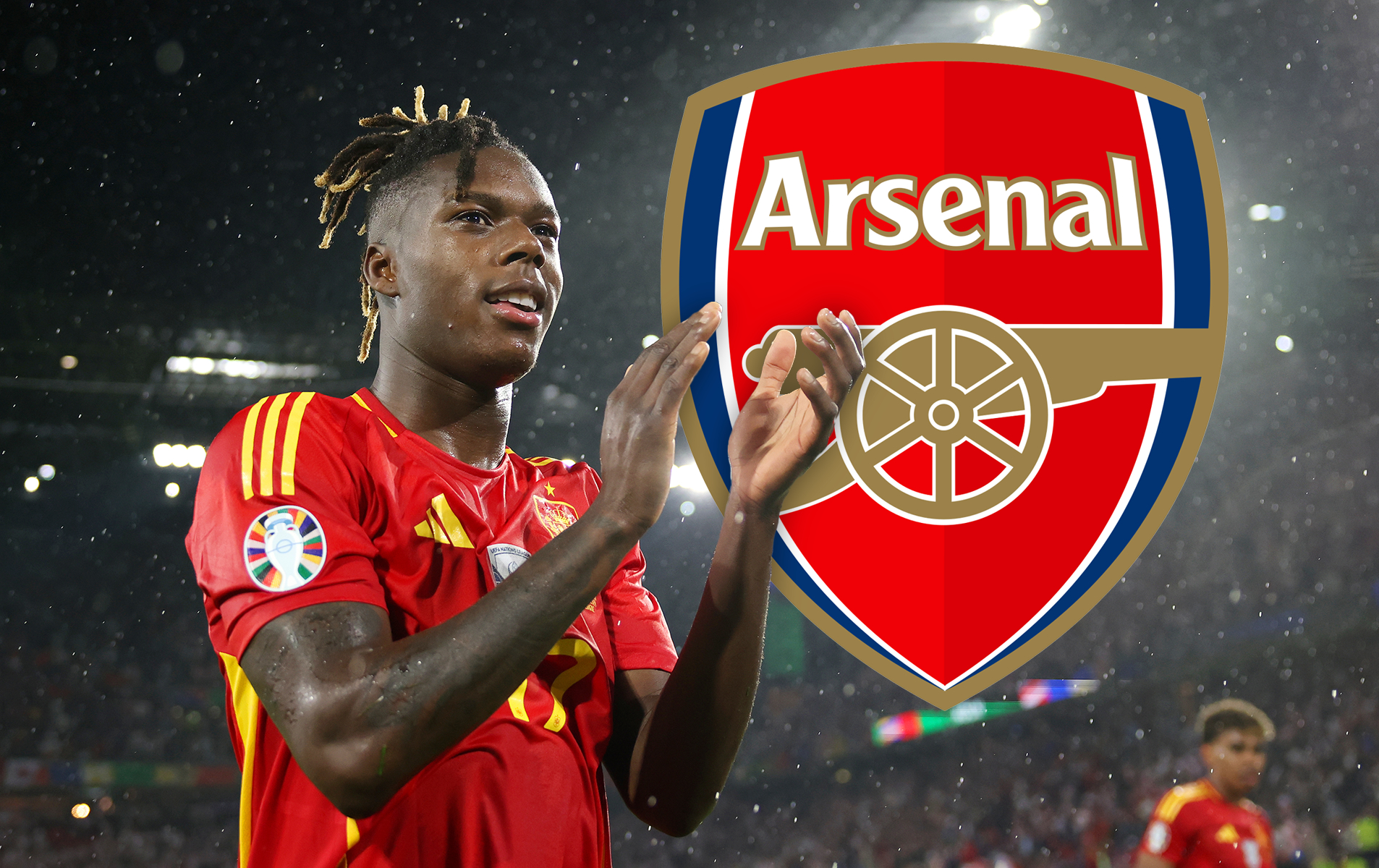Nicky Forster: How to lose your marker
Not getting to those pinpoint crosses? Bamboozle your opponent by staying on the move, says veteran hitman Nicky Forster

It’s one of football’s favourite clichés, but the fact remains: Goals win games. A team can have an impenetrable rearguard, an aesthetically pleasing passing game and more discipline and organisation than the North Korean army, but if it doesn’t have a fox in the box sniffing around at the business end of the field you’re blunter than a butter knife.
Every team needs a penalty box assassin. Brentford’s Nicky Forster has earned his license to kill in the Football League. The veteran goal poacher has scored more than 200 career goals. He’s mastered the art of leaving his marker clutching at air. FourFourTwo Performance chatted to Forster about developing that knack for being in the right place at the right…
How did you master the art of being a fox in the box?
A lot of it is a natural thing, there is an instinct to it. Playing with players day in, day out you get to know what sort of deliveries they’re going to put it. When I was at Brighton, Elliot Bennett was very quick. He used to push the ball out of his feet, beat the defender and whip it in early behind the defenders running back trying to defend. I knew if I could break my neck and try to get across them, more often than not I had a chance of getting on the end of things. There is an instinct element to it, but there’s also own element of familiarity with your team-mates. Some players will take the ball to the byline and cut it back – then your movement is to go into the box and then pull back out. When you look at a player who is riding high on confidence and scoring a lot of goals, they always seem to be in the right place, at the right time. A player low on confidence doesn’t get himself into those situations where he’s getting on the end of things.
What is the secret to losing your marker?
The key is movement. If you’re stationary you’re going to be marked very easily. If I’m going to make a near post run I often I try and pull out very slightly to the far post and then at the last minute dart in front of my marker. Once I’ve got in front of him then I should be able to hold him off enough to get on the end of cross if it’s delivered at the right time. The quality and timing of both the delivery and the run are equally imperative.
How do you keep your marker guessing?
If you’re standing behind him, he’s got to look out for the ball and then he’s got to turn his head a lot to keep an eye on you and what is going on around him. When he takes his eye off of you, that’s when you’ve got that moment to make a move and hopefully the delivery will come in. Defenders get taught to keep their eye on the ball and not the man – as a striker you need to take advantage of that. If you’re behind him, you’re creating problems him because he can’t see the whole picture.
Get FourFourTwo Newsletter
The best features, fun and footballing quizzes, straight to your inbox every week.
Do you run into certain areas?
I’m small and quick and that’s not the sort of player that hangs at the back and wins headers like Andy Carroll does for Newcastle. My runs have always tended to be near post runs. I aim to get in front or behind defenders running back towards their own goal so I can connect with a cross. These are runs that suit my mobility. If I was playing in a partnership with Carroll I’d say to him, “Let me get across the near and you hang out back and use your height.” The combination works well – Niall Quinn and Kevin Phillips used to do that really well when they were at Sunderland together.
How do you get in the head of your marker?
Some players try and wind up their defender and get then to make rash decisions or challenges. They try to make their marker lose their head and their focus. I’m the other way round – I’ve always been one to chat to a defender and lull them into a false sense of security. I talk to them and keep them onside, rather than go the other way.
How do you compete against a physical defender?
Against a physical defender you get less time and space on the ball so you have to change your runs. You try to work the channels and get the centre back moving out of this comfort zone. Very often a physical centre halve hasn’t got the mobility and pace to go with their strength and aggression. I like to stretch the pitch and the ball out on the wing. I want drag the centre halve out in the wide areas so I can get them one-on-one where I can push the ball past them and try and get beyond them. They’re happier being in central areas.
For more football tips see:
Ruud van Nistelrooy: Time your run to perfection
Radamel Falcao: How to be a penalty-box predator
Darren Bent: How to be a maestro of movement
Sergio Aguero: Shake off your marker
